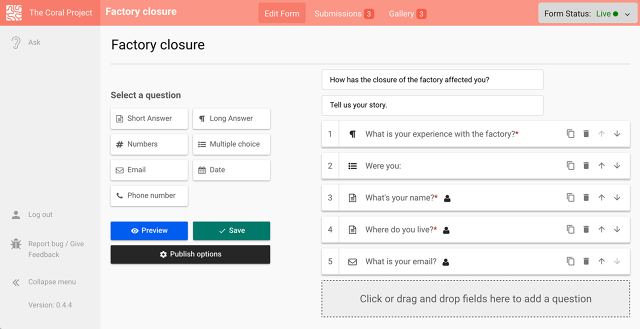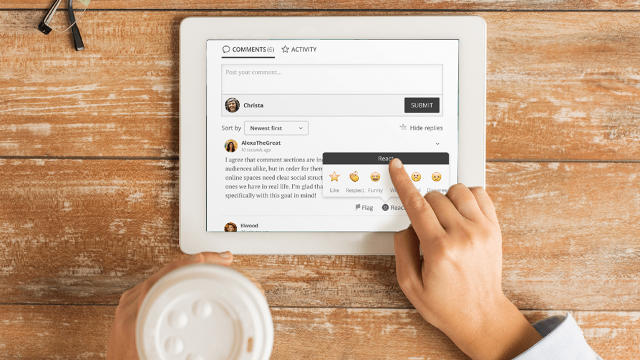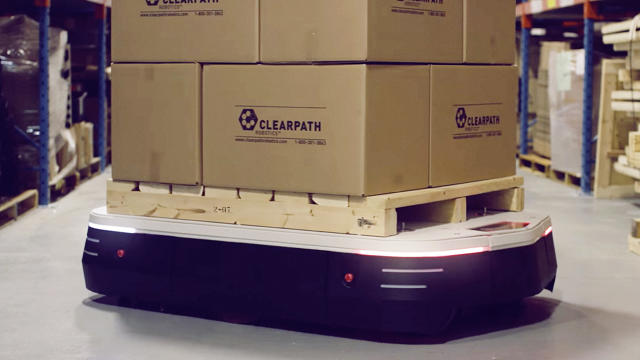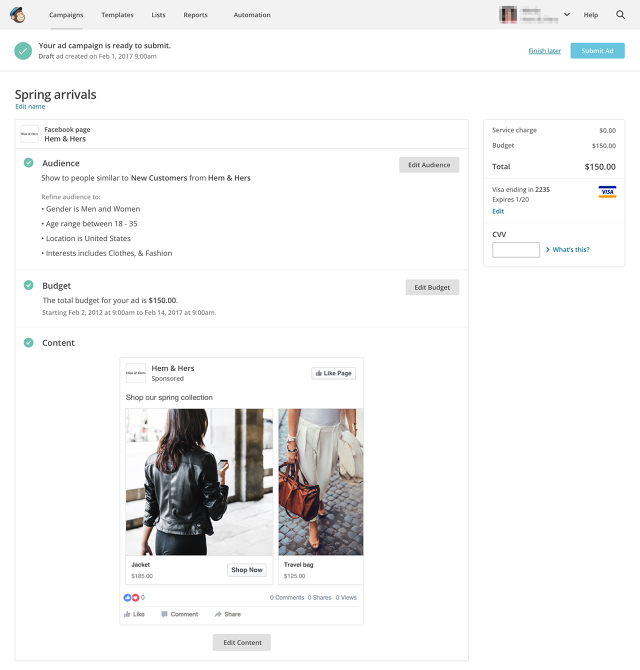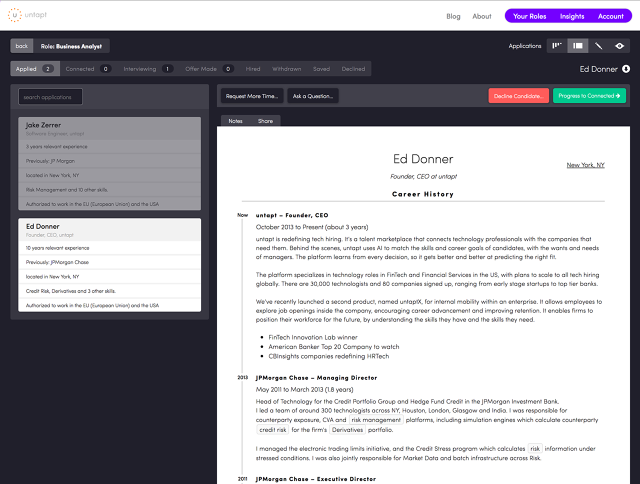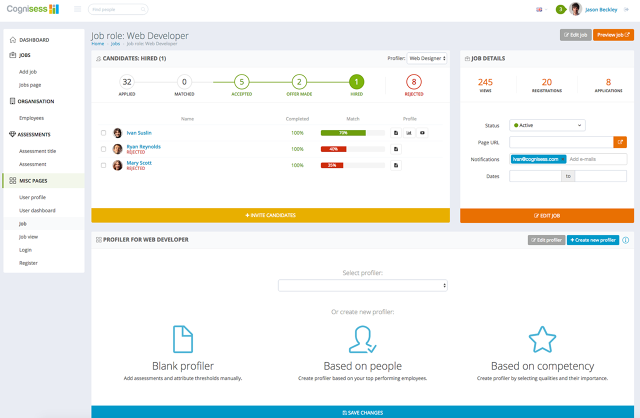In an effort to reach the "next billion users," the internet giant is rolling out redesigns of apps and expanding access to speedy Wi-Fi.
Critics of Silicon Valley sometimes say that tech companies focus too much on the needs of the types of people they hire, but Google and its parent company Alphabet are increasingly looking to cater to the "next billion users" of the internet.
Every hour, more than 10,000 people in India alone come online for the first time, the company estimated in a September blog post. They're typically using inexpensive phones with slow connections and limited prepaid data plans, but once they get online, they're looking to do the same things as users in Google's more established markets.
"They do similar stuff to what we do," says Caesar Sengupta, a Google vice president in charge of the company's Next Billion Users initiative. "They're searching, they're on social networks, they do a lot of video."
To make that possible, and make its services more usable in emerging markets, Google is redesigning some of its apps to use less bandwidth, working to expand access to speedier Wi-Fi connections, and talking to potential users to develop products that meet their needs.
"This is the first time for many of us that we're building a product that is not targeted at us," says Jay Akkad, product lead for the Next Billion Users project at YouTube.
The company rolled out a lighter-weight version of its search results page to serve to users on slow 2G or 3G connections, and offers a Data Saver feature in Chrome for Android that can reduce the size of web pages by 60%. The optional feature routes unencrypted web traffic through Google's servers, which compress images and minimize the HTML, CSS, and JavaScript code that defines web pages, removing whitespace, comments and other unnecessary content without changing the page itself.
Google has also rolled out Google Station, a project to bring Wi-Fi access to railroad stations and other public places across India. Currently, about 3.5 million people use the service every month, and Google plans to expand to additional stations across the country, the company said in September.
Google isn't alone in this endeavor: Facebook recently launched a service called Express Wifi, which allows local entrepreneurs to sell inexpensive internet access, after a previous initiative to deliver free access to a limited set of apps and websites was banned by the Indian government under net neutrality rules.
Users in India often download webpage content to their phones for later reading when they have Wi-Fi access, Sengupta says, and the company has added support for downloading geographical data to Google Maps for offline use—something that's now proven popular around the world, he says. The Google Play store now also caches some content when users connect to Wi-Fi, so they can continue to browse for apps even with limited connectivity, then queue up apps to download when they next have Wi-Fi signals.
In some cases, Google is making more fundamental changes to how its software operates to make it more compatible with the needs of users in new markets. For YouTube, that meant talking to hundreds of consumers in India about how they used the internet and online video, then showing them paper mockups and working prototypes to make sure their ideas were on the right track.
"We have a fantastic UX team who has gone to India basically every month or every other month for the past couple of years," Akkad says. "What we ultimately gathered was that what YouTube needed to do for these users and what these users needed from YouTube was fundamentally different from what YouTube offered at the moment."
Users had trouble streaming video over slow connections, and YouTube engineers initially built a prototype delivering highly compressed versions of videos. But when they showed it to potential users, they were dissatisfied with the poor quality of the reduced-size videos.
"We built a prototype of this," Akkad says. "Instantly, everyone was sort of like, 'I don't want an inferior experience.'"
It turned out that many potential YouTube viewers had already developed a solution for watching mobile videos: They downloaded content to their phones when they did have access to speedy internet and later swapped movies with other users.
"People build social capital by having the latest and greatest videos and being able to transfer them by Bluetooth to their friends," Akkad says.
To cater to those users, the company built YouTube Go, a new app for Google's Android operating system, which makes up 97% of India's smartphone market, according to an August report from research firm Strategy Analytics.
The app lets users download videos in a variety of resolutions when they have Wi-Fi, to optimize for quality or conserve space, and even wirelessly transfer saved YouTube videos to friends. It also includes brief previews of videos, so users can sample before they download, and includes short, six-second ads that don't take up too much space or bandwidth, says Akkad.
The company is gradually rolling out YouTube Go to more users, with plans to launch broadly in India early next year and potentially expand to other countries in the future.
"Virtually every month there's one or two studies that are ongoing with our target audience in India in order to make sure that we're on the right track," Akkad says.




